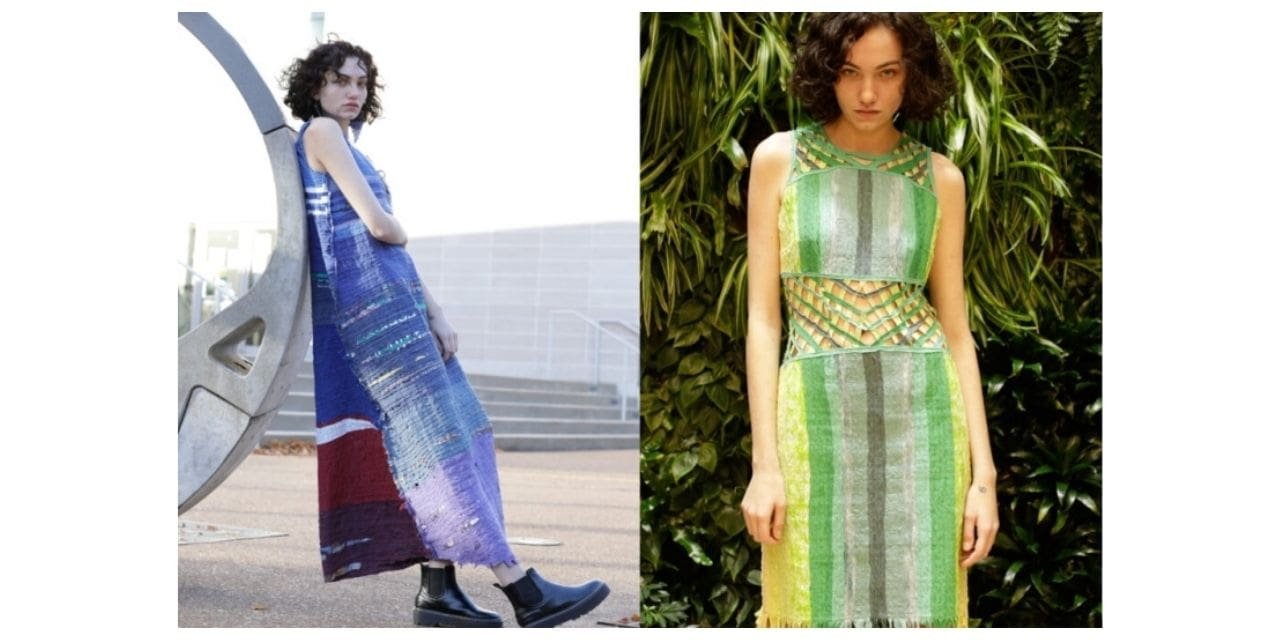A new patented process called Reclem has been designed by US professor Mary Ruppert-Stroescu, to assist manufacturers in creating new clothing from recycled fabrics.
According to the associate professor and coordinator of the fashion design area at Washington University’s Sam Fox School of Design and Visual Arts in St. Louis explains, around 15% of fabric earmarked for tailoring winds up as scrap on the cutting room floor. Reclem’s goal, she explains, is to save those leftovers and repurpose them to build new clothes.
Ruppert-Stroescu, said that this method takes scraps and adds value to them. It’s more intriguing and adds more beauty to the world than, say, manufacturing wipe rags out of old T-shirts. It’s a shame to waste it and point out that the fashion business is currently doing a lot of good work in terms of pay, working conditions, and social justice. However, she claims that textiles are the second-largest source of carbon emissions after oil, and apparel accounts for about 5% of all waste. There is a massive amount of waste.
The first step is to gather fabric and cut it into strips, squares, or other little pieces. Because respinning cotton is laborious and results in shorter fibers, the Reclem process preserves as much structural integrity as possible.
Fabric pieces are put into a surface design inside the contour of the garment’s pattern, either by hand or by digital plotter. The positioned fabric pieces are treated with glue and a paper layer is attached to them to keep them in place while they are stitched together. The sandwich is then soaked to remove the paper and dissolve the adhesive. The resulting united cloth can then be put together to make a garment.
The entire sequence is unique here. There is no other way to break down a textile while preserving its integrity; create a new piece inside the pattern; sew it together; dissolve it, and finally stitch the finished garment.
According to Ruppert-Stroescu, the key is how the method can permit scalability in both design and manufacture.
Designers aim to minimize waste by adapting components to the proportions of the bolt while cutting fabric, however, layouts are frequently bound by the direction of the fabric grain. Because Ruppert-method Stroescu involves moulding cloth rather than cutting it, grain and patterns can be readily scaled up or down.
This method is scalable, implying that more than one piece of a style can be manufactured, and styles can be made in different sizes.
She adds that multiple piece production is also conceivable with automation. The procedure will not be suitable for every business since, while it makes use of existing equipment and capabilities, it necessitates a different workflow than standard clothes cutting and sewing. Only by challenging the established quo will they be able to truly minimize the waste produced by the apparel industry, and only the most daring and forward-thinking businesses will be prepared to make the effort.
Ruppert-Stroescu also points out that, as compared to manufacturing new cloth, Reclem significantly reduces material costs while retaining tensile strength, wrinkle recovery, water repellency, and abrasion resistance.

